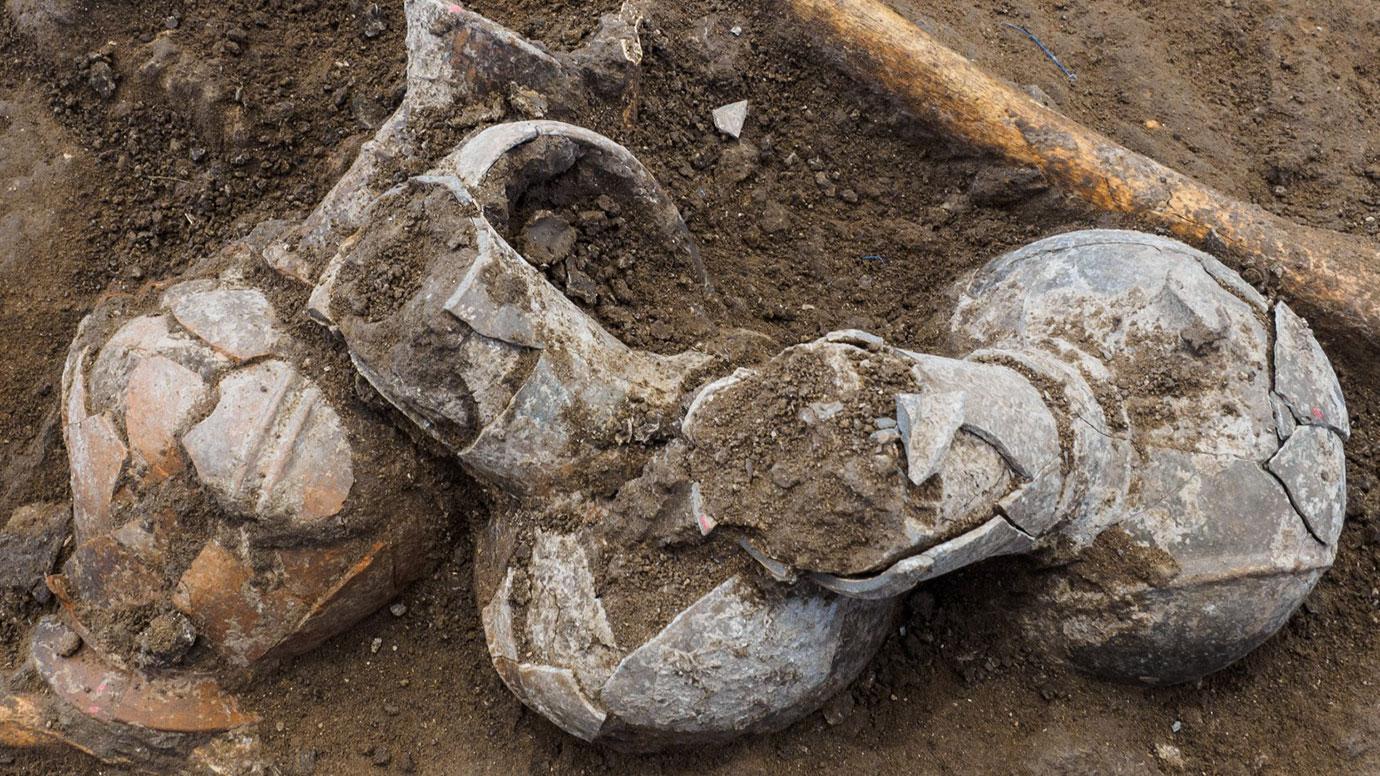Radiocarbon dating brought the first verifiable way to keep time to many fields of science, significantly transforming them (The Hindu)

- 02 Jan 2024
Why is it in the News?
From thermodynamics to GPS, from social systems theory to studies of consciousness, time plays an essential role in how we study, interpret, and understand the natural universe and the peoples and technologies that occupy it.
What is radiocarbon dating?
- Radiocarbon dating is a technique employed to determine the age of an object by utilizing radiocarbon, a specific isotope known as carbon-14.
- Formation of Carbon-14: Carbon-14 is generated in the Earth's atmosphere through a process initiated by cosmic rays—energetic streams of charged particles originating from outer space.
- These cosmic rays collide with atmospheric gas atoms, releasing neutrons in the process.
- When these neutrons interact with nitrogen-14 isotopes, carbon-14 is produced.
- Given the continuous influx of cosmic rays penetrating the Earth's atmosphere, a constant production of carbon-14 takes place.
- Subsequently, this newly formed carbon-14 readily combines with atmospheric oxygen, resulting in the creation of radioactive carbon dioxide.
- The carbon-14 compound enters various ecosystems through the carbon cycle, including plants (via photosynthesis), animals (through the consumption of plants), and other forms of biomass.
- It assumes the form of carbon dioxide and other carbon compounds, facilitating its diffusion into the Earth's diverse ecosystems.
- This ensures that the concentration of carbon-14 in the atmosphere remains comparable to its concentration in the planet's other biospheres.
How does radiocarbon dating work?
- The process of radiocarbon dating hinges on the principles of carbon exchange within living organisms, such as the human body.
- While alive, these organisms continuously interact with their environment by engaging in activities like breathing, consuming food, excreting, and shedding skin.
- During these dynamic processes, carbon-14 is both released from the body and replenished, maintaining a relatively constant concentration within the organism that is in equilibrium with its surroundings.
- However, upon death, the cessation of these activities results in a diminishing concentration of carbon-14 in the body due to radioactive decay.
- As time elapses, the quantity of carbon-14 steadily decreases, and its decay rate can be theoretically predicted.
- Radiocarbon dating assesses the age of an object by measuring the remaining amount of carbon-14, a value used by scientists or computers to estimate the time since the organism's demise.
- In contemporary radiocarbon dating methodologies, advanced techniques are employed, with one of the most sensitive approaches being accelerator mass spectrometry (AMS).
- This sophisticated method allows for the analysis of organic samples as minute as 50 mg, enhancing the precision and accuracy of radiocarbon dating.
What are the limitations of carbon-14 dating?
- Age Restriction: Carbon-14 dating is effective for dating organic materials up to approximately 60,000 years old.
- Sample Size Requirements: Conventional radiocarbon dating necessitates relatively large samples, typically ranging from 10 to 100 grams (0.35 to 3.5 ounces), depending on the material being analyzed.
- Advancements in Sample Size: While newer dating methods have emerged that can work with smaller sample sizes, allowing for analyses with quantities as low as 20 to 50 milligrams (0.0007 to 0.0018 ounces).
- Contamination Sensitivity: Radiocarbon samples are highly susceptible to contamination, making it crucial for accurate dating that they remain clean and well-preserved throughout the analysis process.
